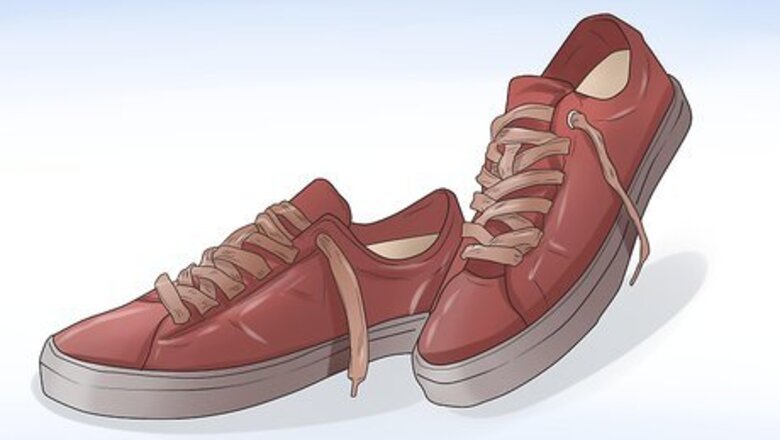
views
X
Trustworthy Source
FamilyDoctor.org
Family-focused medical advice site run by the American Academy of Family Doctors
Go to source
If you develop hammertoe, there are steps you can take to treat the issue. At home, try wearing comfortable shoes and applying ice to the inflamed area. If at-home treatments do not correct the issue, see a doctor. In rare cases, hammertoe requires surgery. In the future, work on adjusting your footwear to prevent a recurrence.
Treating Hammertoe At Home
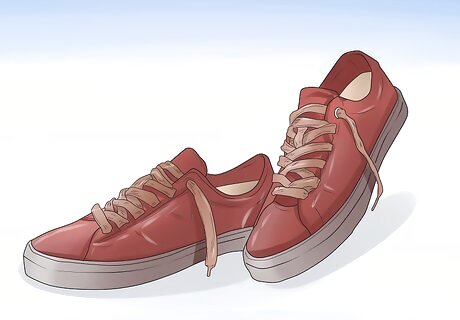
Wear comfortable shoes. If you're suffering from hammertoe, adjust your footwear right away. Wearing ill-fitting shoes can prolong the issue and possibly make your hammertoe worse. Choose a shoe that fits you properly. Do not wear shoes that are too big when you're suffering from hammertoe. You should also aim for shoes with a wide toe box, as this can add comfort. Choose shoes with a soft interior. Do not wear high heels when you're suffering from hammertoe.
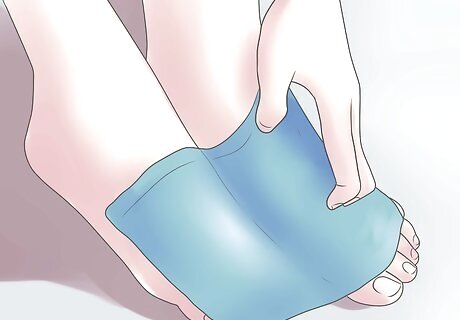
Apply ice to an inflamed hammertoe. Hammertoes may develop painful swelling. If this is the case with your hammertoe, an ice pack can help. Apply an ice pack to your toe a few times a day until swelling goes down. If you don't have a commercial ice pack, you can place some ice cubes in a plastic bag to treat hammertoe or use a bag of frozen vegetables, like peas or corn. Never apply ice or an ice pack directly to your toe. Make sure you wrap it in a towel before placing it over your foot.
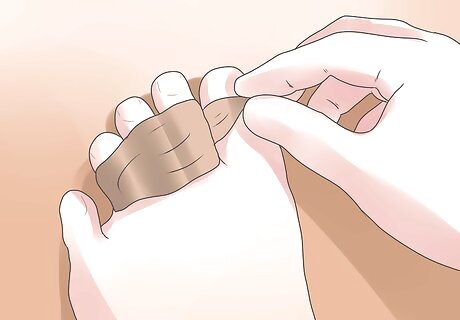
Use a hammertoe pad. You can buy a hammertoe pad at the drug store. This is a pad that you would place in your shoe. This pad is designed to protect the affected toe by providing support and pain relief. Follow the instructions on the package in regards to use. Make sure you get a non-medicated pad. Hammertoes can become infected and you do not want to use medication on your toe without consulting a doctor.
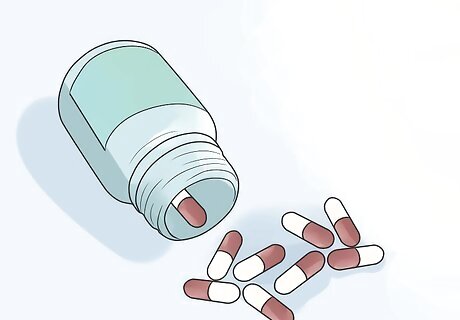
Avoid over-the-counter medicated corn removal products. Hammertoes may develop thick callouses or corns. Many drugstores sell over-the-counter corn removal products, but these are best avoided when you're suffering from hammertoe. These products can cause rashes and foot irritation, worsening your condition.
Seeking Medical Care
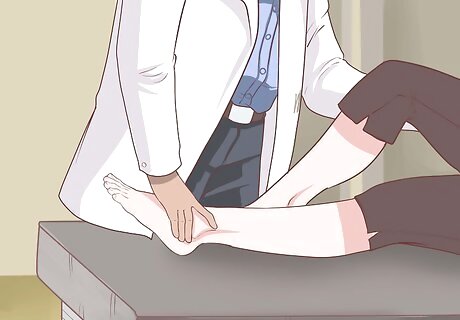
Seek a doctor's advice if certain complications arise. Hammertoe may clear up at home; however, many patients eventually require doctor's care. If you notice any of the following complications, seek medical treatment: The development of thick blisters around your toe Worsening pain Difficulty walking Difficulty putting on shoes
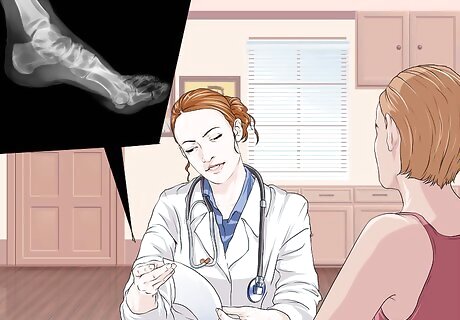
Make an appointment with your doctor. If you have any of the above complications, or if your hammertoe fails to clear up on its own, seek medical assistance. Make an appointment with your regular physician or a podiatrist to assess and treat your hammertoe. Before going into the doctor's office, take stock of your symptoms. You should be able to tell the doctor where the pain comes from and what activities make it worse. You should also come in with a list of your existing medications. If you have a family history of hammertoe, mention this to your doctor. Your doctor will perform a routine exam on your foot. She will ask you a series of questions about your symptoms. Your doctor will also want to know what kind of physical activity you engage in and what kinds of shoes you wear.
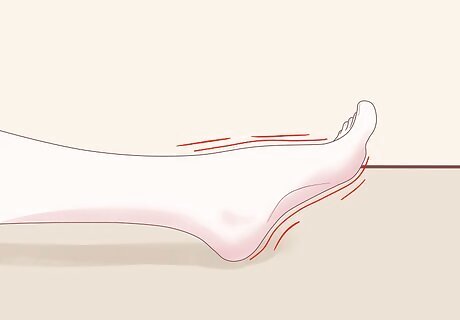
Follow advice on foot exercise. In most cases, your doctor will recommend a foot exercise program to treat the issue. Hammertoe, while irritating, is rarely serious enough to require surgery. Your doctor will lay out an exercise regimen for you at the office. Your doctor may advise a variety of exercises. You may be asked to pick up marbles with your toe or to crumple a towel with your toe. The type of exercises, and how often you should do them, do depends on your specific hammertoe. Make sure you get detailed instructions from your doctor. If anything is unclear in the doctor's office, ask your doctor for clarification before you go home.
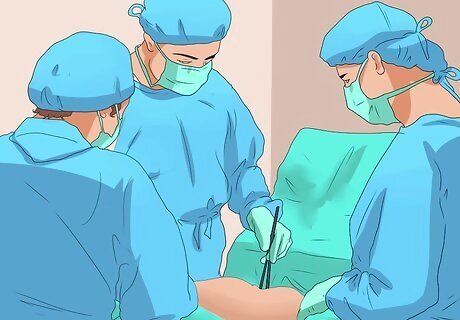
Have surgery, if necessary. In rare cases, surgery may be necessary to treat hammertoe. Your joints may need to be straightened surgically. In some cases, hammertoe is caused by joints fusing together. In this case, joints will need to be separated surgically and some bones may be removed. Hammertoe surgery is usually not major surgery. Most patients will go home the same day of the operation. Your toe may be stiffer or shorter after surgery. Talk to your doctor about the recovery period and how to best care for yourself.
Preventing a Reoccurrence
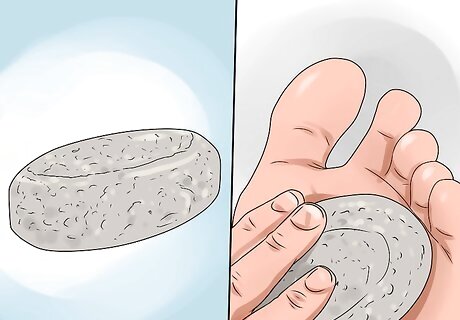
Treat corns with pumice stones. If you have corns on your feet, these can exasperate hammertoes. If you develop corns or callouses on the tops of your toes, treat them with pumice stones. You can purchase pumice stones at most drugstores. Take a warm bath or shower prior to using pumice stones. When you get out of the bath or shower, file down callouses with your pumice stones. Use an exfoliating lotion after using pumice stones.
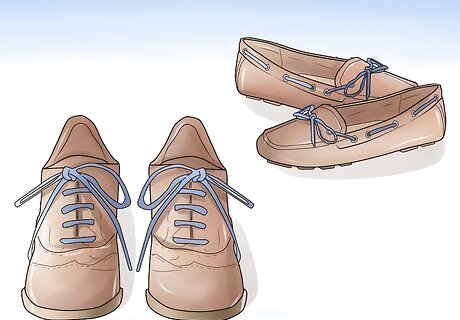
Wear comfortable shoes. Footwear is one of the most important ways to reduce the reoccurrence of hammertoes. If you're prone to hammertoes, select footwear primarily for comfort. Do not wear shoes that pinch or cause aches and pains. Some shoes have pointed toes. These should be avoided in order to best treat hammertoe. Go for shoes with roomier toe boxes. Lower heels are best. You should also get shoes with straps or laces so you can adjust them for comfort as needed.
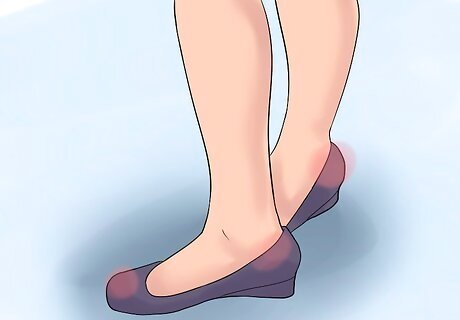
Purchase only shoes that fit. Some people are tempted to purchase shoes that do not quite fit if they enjoy the style; however, you should never wear shoes that do not fit you, especially not for long hours throughout the day. In addition to causing hammertoe, ill-fitting shoes can cause other foot problems. If you're unsure of your shoe size, go to a shoe store and have a worker fit you.
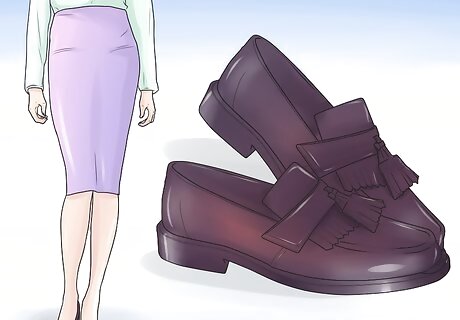
Shop for shoes at the end of the day. Your feet swell throughout the day, especially if you walk a lot during the course of the day; therefore, it's a good idea to shop for shoes in the evening or late afternoon. You want to make sure you choose a shoe size that can accommodate your feet for a full day.


















Comments
0 comment